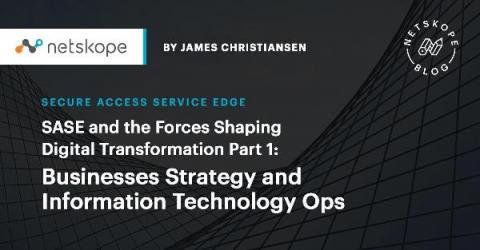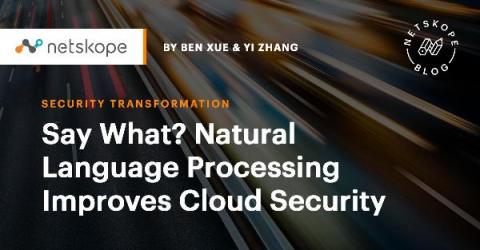What is a Cloud Access Security Broker? CASB explained
A common component of modern cybersecurity infrastructure, a cloud access security broker (CASB) is technology that provides monitoring and mitigates risks from employee use of cloud services. CASBs were initially developed to fill a gap in cloud security visibility left behind by traditional firewalls, next-generation firewalls, and early secure web gateways, which struggled to identify instances of the unapproved use of cloud services, otherwise known as shadow IT or rogue IT.










